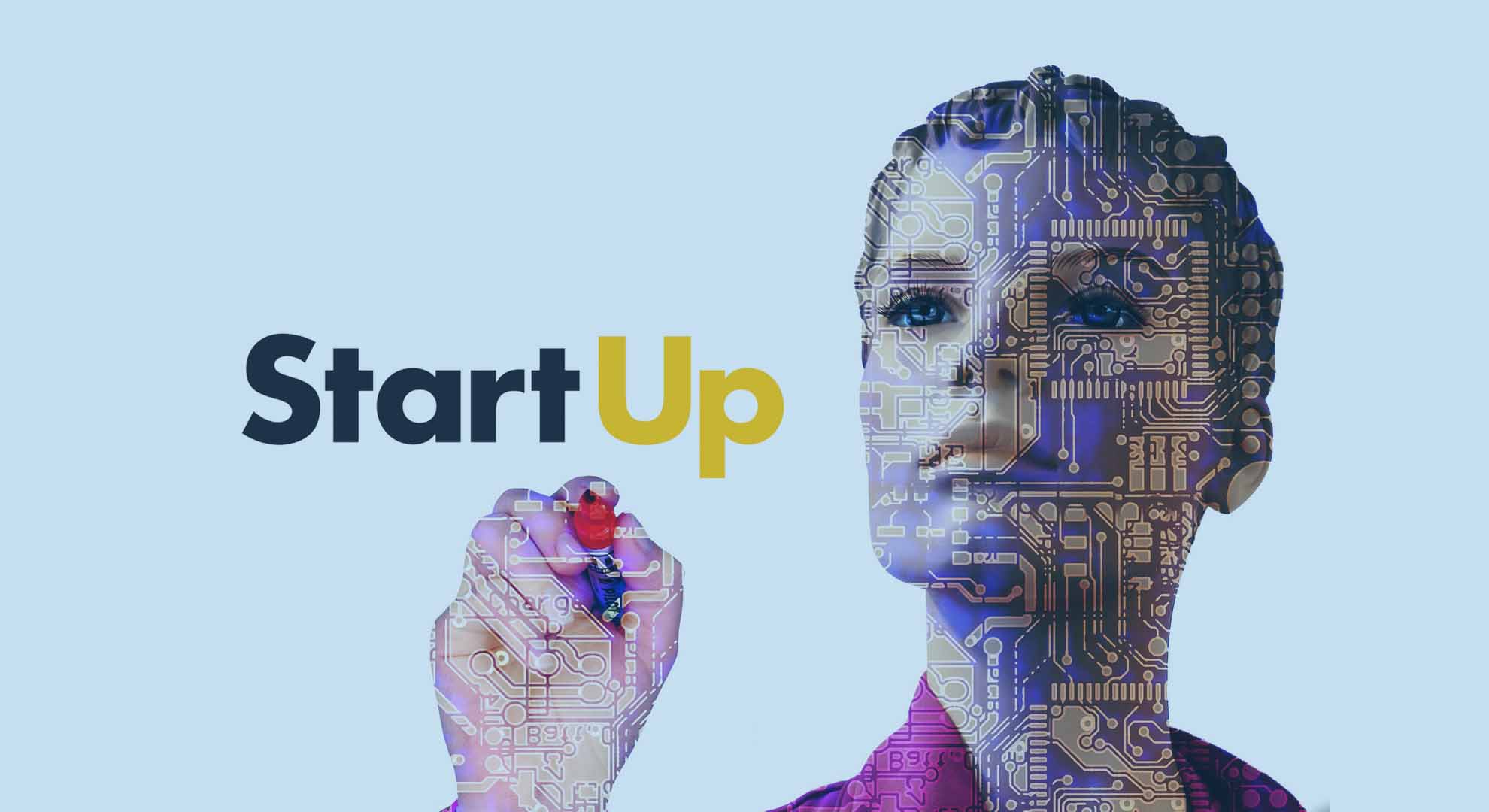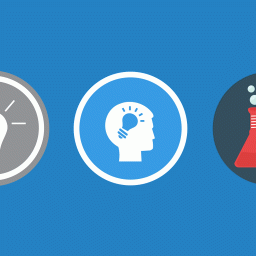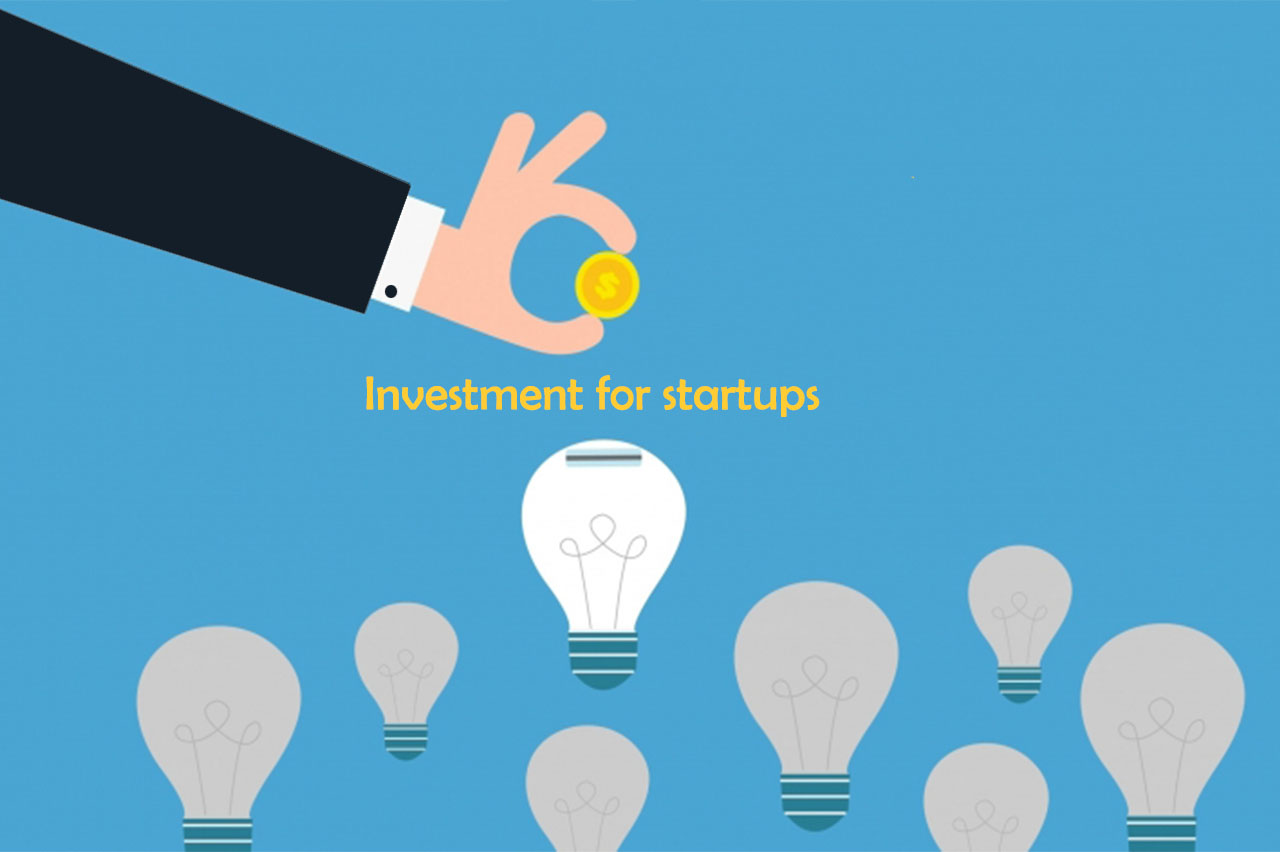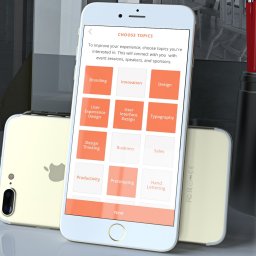Over many years of successful project engagements, we continue to document the various benchmark measurements that guide new software product development projects.
For the purposes of clear direction and delivery, we’ve listed 11 questions which we believe are crucial to discuss when planning a new engagement.
1. What is the goal of the project?
It’s important that we and our client arrive at a common understanding of each project’s purpose. Though scope may always expand or contract through the collaboration due to unforeseen complications, the purpose should remain consistent: is it testing a prototype with users, delivering core features or attracting a new user base? Referring back to the MVP (either by product stage or mindset) can also help at this point.
2. What is the intended solution?
Obvious as it may seem, this is a question that often goes unspoken early in project discussions but which can cause problems if asked only when the product is deep into construction and are suddenly beset by incoherent means and ends.
Seeking to understand the reasons behind the solution, one may begin to understand the end user’s needs more clearly and course-correct earlier to avoid a misaligned product.
3. Who is the user base?
Aligning the product requirements up front with the intended user profile is essential to delivering a viable and valuable product. Many software products try to reduce human behavior to programmatic objectives. Returning to the MVP approach – referencing product-use assumptions – enables the team to gain clarity and include user behaviors within the core features.
Use-case models are a tremendous value-add for delivering product-market alignment and direct users and their needs along the development road-map.
4. What should the app/product/site do?
Again, it may seem obvious, but it’s crucial to build a clear image or schematic for software in use. In order to move out from the core assumptions, different scenarios should be plotted after the essential product features have been expressed in simple, easy-to-understand functionality.
5. What is your domain expertise?
Every industry attempts to leverage surrounding technologies to favorably impact adjacent product use. UI/UX in one vertical is as important as security and compliance to another. Understanding industry value-drivers helps synergize product-market fit with credible use-cases and competitive advantage in core features and functionality.
6. On which platforms will the product be available?
If a client is already actively developing or deployed on a platform, it’s crucial to account for the relevant features and constraints in order to effect easier scale, access, long-term management, etc.
7. Are 3rd party app integrations likely?
If your dev team has a sense of how the product means to connects with 3rd party apps, the development architecture, processes and audits will be mapped much more effectively. It can be important to plan an API even if at first the version of the product won’t be released as such.
8. What team is knowledge needed?
Of course, technical knowledge is required to fit the SRS. But additional team leadership and specific industry thought-leadership in legal or compliance, for example, can have far-reaching implications in charting the product success strategy.
9. What is your product development timeline?
In addition to affecting team size and communication, this is crucial for spinning up resources to optimize the development cycle. While in Scrum there aren’t merely deadlines, core products have real business constraints. Knowing this helps to better orchestrate resources, avoid backlog and serve clients with utmost respect for their bottom and top-line revenue goals.
10. What technologies will be used?
Consider your existing talent and then factor new solutions that require more time on training, coding, and execution. This is crucial when determining the specific code maintenance and future support that will be required long-term.
11. What is your budget, requirements, and priorities?
From all of our successful partnerships, we understand that clients often want all the features live from the first version of the product. To provide agility and value-adds as a partner, our goal is to deliver rock-solid products.
This means we will always discuss what is feasible and then prioritize workloads so that a positive path forward is always agreed upon and clearly in sight.
Think we’ve left something off from your specific requirements road-map? Let’s see how we can help. Contact us to discuss your project today.















